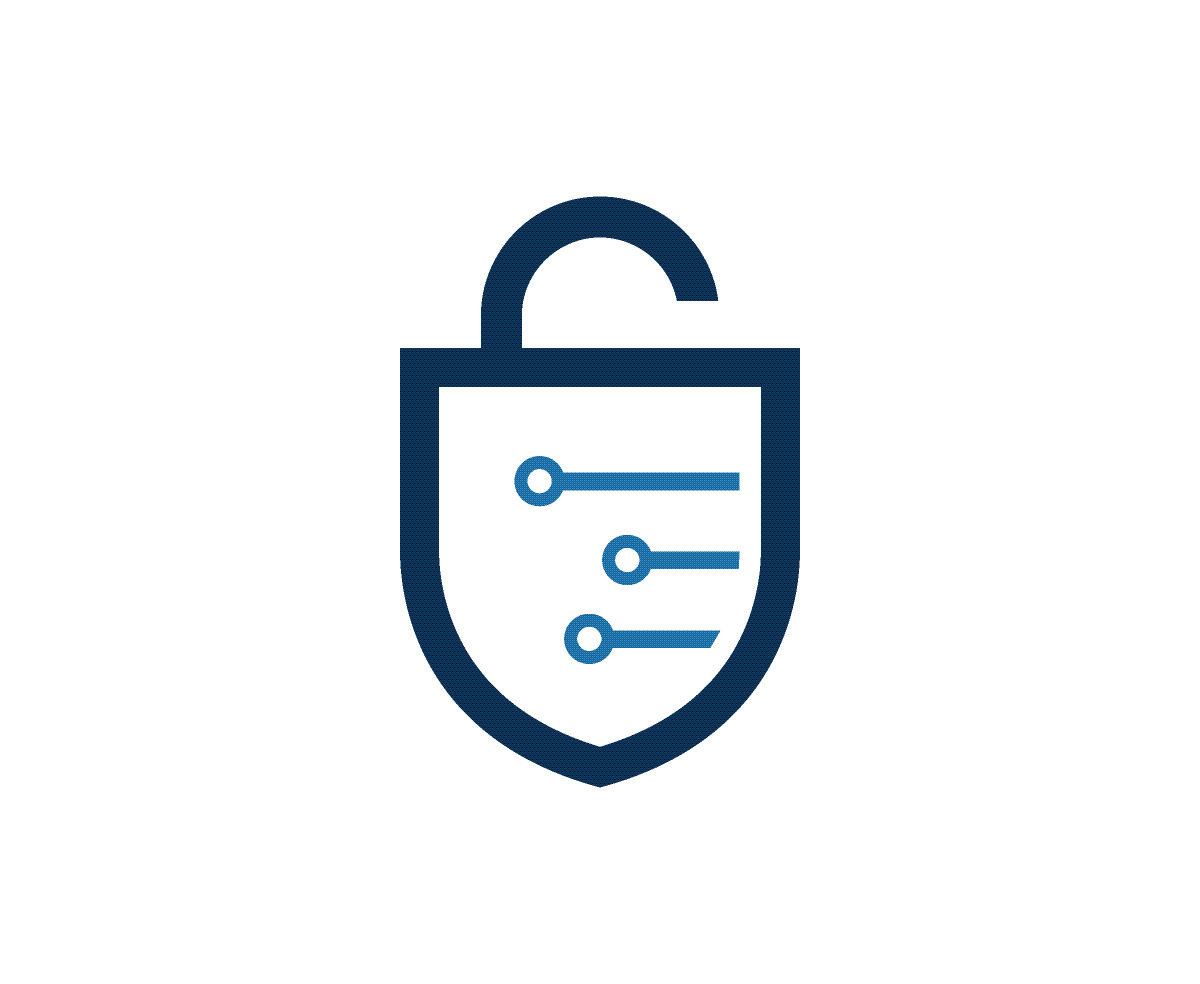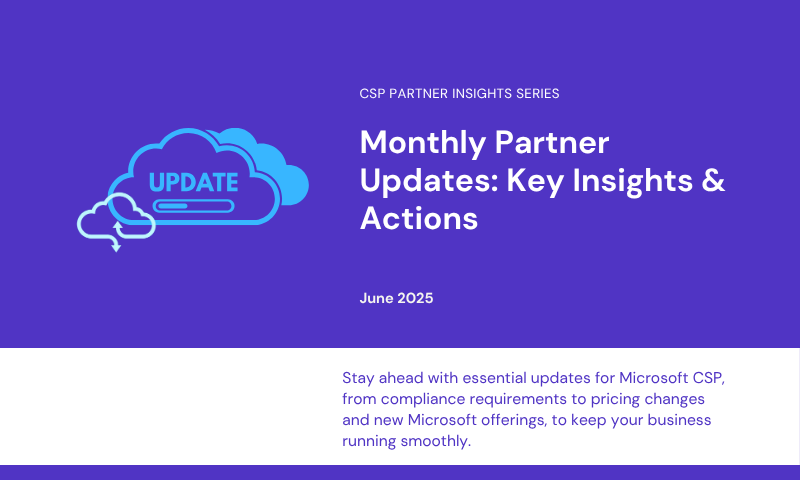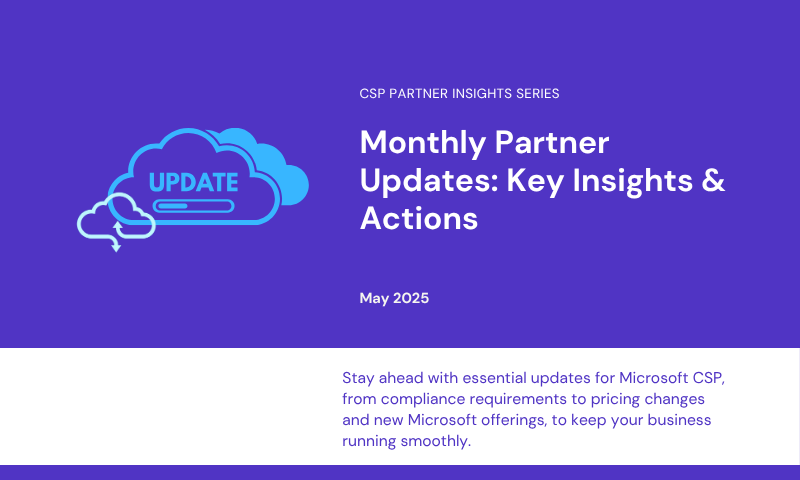The evolving state of security: What’s next for MSPs?
18 September, 2020
Key facts

Industry leaders from IDG, Barracuda, Centorrino Technologies, Microsoft, Powernet IT solutions and Webroot share their insights on the MSP market focus, state of security, customer priorities and how partners are adapting to changing customer environments.
Similar to the 2008 economic financial crisis, partners are expected to experience rising financial turbulence in the coming months.
Especially difficult for tier two customers in the ecosystem, according to our Adapt, activate and accelerate webinar series panelists, partners simply won’t be able to survive unless they invest in security solutions and technologies now.
Customer demands are clear and vendors have a duty of care to deliver during these trying times:
- Financial support
- Nurturing more business from current customers
- Developing internal operations to make sure business is in shape
With the market focusing on remote working and learning, security and trust and business continuity and resiliency, this is creating a ripple effect in the supply chain for key service areas that MSPs need to build out into their offerings.
From top tier established MSPs to startups, there has been a focus on the consolidated and integrated approach of MSPs and managed services security providers (MSSPs).
The single largest cyber threat is human error. While the MSP framework focuses on an organisation’s specialised IT operations and key business leaders, the added intelligence analytics of security solutions through MSSPs assists a range of areas in an organisation from HR and sales to marketing and legal, helping them understand and incorporate security practices beyond one dimension.
The state of security: Taking a realistic approach
Today, reputation damage is a major focal point as customers are seeking consistency in support and transparency in problem resolution, which in turn nurtures loyal long term customers.
There is an immediate priority to pivot towards short term plans spanning 6-9 months.
Although budget declines are on the rise, businesses are spending more on cyber resilience strategies to keep operating efficiency and prevent persuasive cyber threats.
The biggest challenges for MSPs are investing costs to hire the right talent from a very small talent pool in Australia and presenting security customers as a distinct service rather than just a basic add on.
MSPs in lockdown
*Annual cyber crime report Australian cyber security centre July 2019 – June 2020
Tip 1: Make a clear distinction between your other managed services and security services.
Tip 2: Do your research, understand who the key players and competitors are, what type of offerings your customers are looking for and which vendors you want to align with to determine your product offerings.
Driven by a need to foster collaboration irrespective of location, businesses are accelerating efforts to build out a new-look remote workforce strategy, underpinned by technology.
Join our second webinar session as we outline how partners can capitalise on a permanent shift in remote working, documenting ongoing end-user challenges and future market opportunities.




Leave A Comment